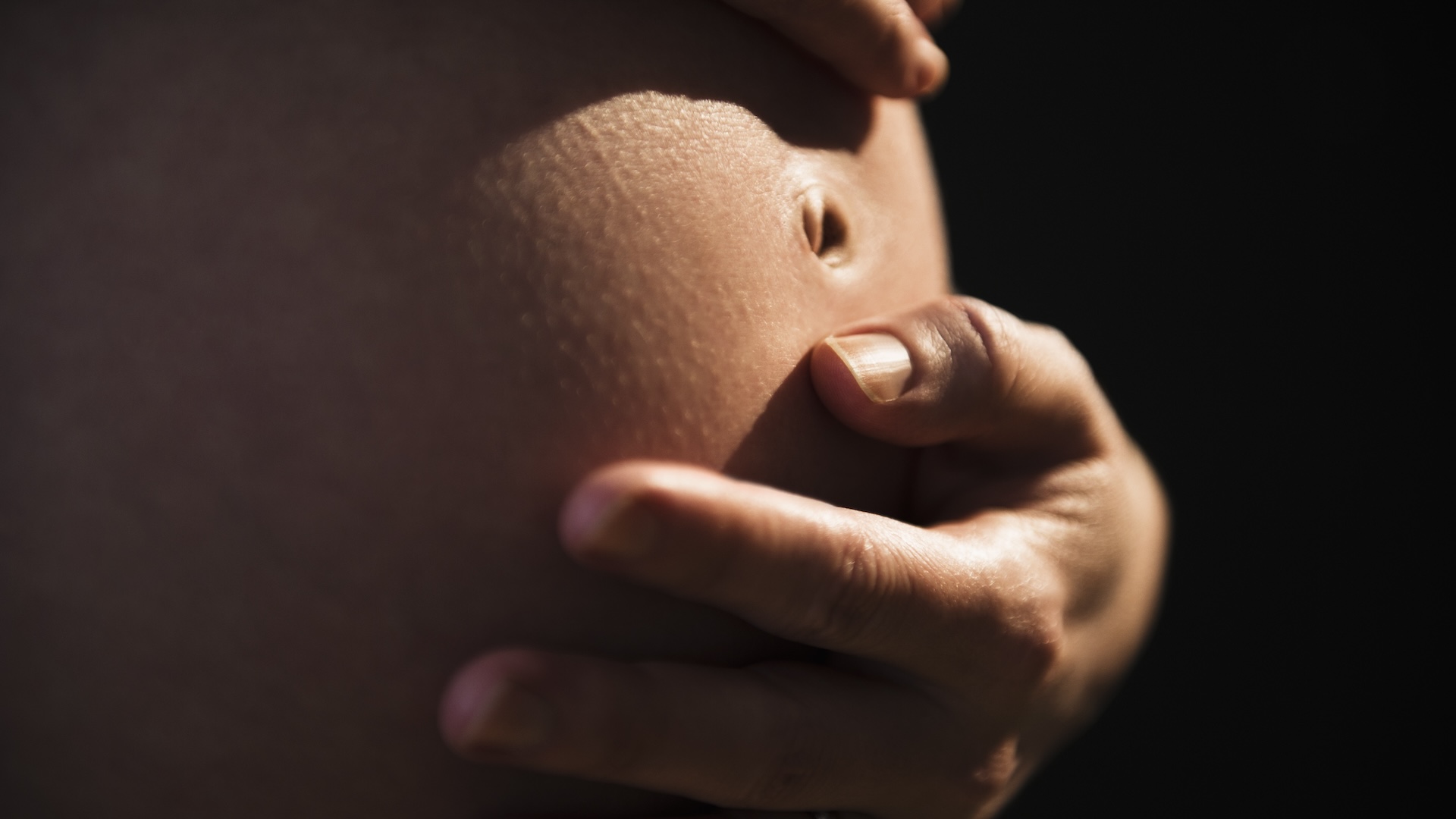When you buy through links on our site , we may earn an affiliate committal . Here ’s how it works .
A woman in Canada developed a sprightliness - threatening infection shortly after giving birth that lead in amputations of all four of her arm .
The 33 - year - honest-to-god woman , Lindsey Hubley , was diagnosed with necrotizing fasciitis , also known as " flesh - eating bacteria , " just day after she give birth at a hospital in Nova Scotia , according tothe Canadian Press . She has spend the last seven months in the hospital , and required multiple surgeries , including amputation of her arms and pegleg , and a hysterectomy .

Necrotizing fasciitisis a serious bacterial contagion that destroys skin and brawn tissue , fit in to the Centers for Disease Control and Prevention ( CDC ) .
Several type of bacteria can stimulate necrotizing fasciitis , includinggroup AStreptococcus(group A strep),Klebsiella , Clostridium , Escherichia coliandStaphylococcus aureus . Most commnly , people get necrotizing fasciitis when the bacteria enter the organic structure through a break in the skin , the CDC said . The bacteria can disperse quickly once they enter the body , and symptoms of necrotizing fasciitis can start within minute of an injury . The peel may become red or purplish from the infection , and some people get ulcers , blister or calamitous spots on their cutis , the CDC said .
The condition is cover with antibiotics , but many citizenry also need straightaway surgery to remove dead tissue and aid give up the contagion , the CDC said .

Being pregnantis known to increase a cleaning woman ’s peril of developing sure infections , in part due to change in internal secretion levels and resistant system function . But developing necrotizing fasciitis during or after pregnancy is still comparatively rare . A2014 reviewof more than 4 million gestation - related hospitalization in Texas estimated that there are about four cases of pregnancy - related necrotizing fasciitis per 100,000 pregnancies per year in the United States . More than 80 per centum of these necrotizing fasciitis sheath occurred after birth ( in the postpartum period ) , and more than 60 percent required treatment in the intensive care unit , the recapitulation said .
Hubley is now process her infirmary and several doctors involved in her fear for alleged negligence , the Canadian Press said . The lawsuit alleges that , a few days after giving birth , Hubley went back to the hospital because she was experiencing stomach pains , but doc remember the bother was due to constipation , and they sent her nursing home .
" Our allegations are that had she been properly measure when she demo at the hospital … a substantial part of the harm , if not all of it , could have been prevented , " Wagner , Hubley ’s attorney , tell the Canadian Press .

It ’s not cleared how Hubley contracted the bacterial transmission , but according to the suit , she had a bout on her vagina after childbirth that required suture , which could have contributed to the infection , the Canadian Press reported .
Hubley ’s famliy has created aGoFundMe pageto raise money to help oneself pay her medical expenses .
Original article onLive Science .















